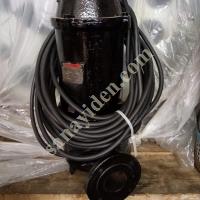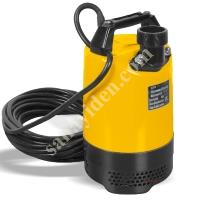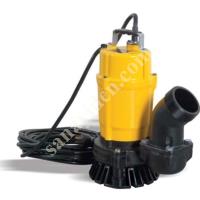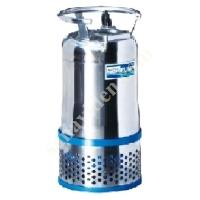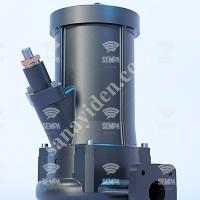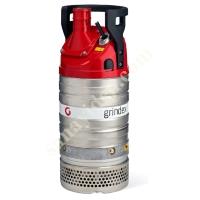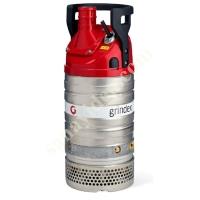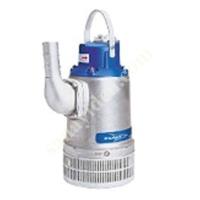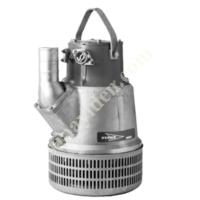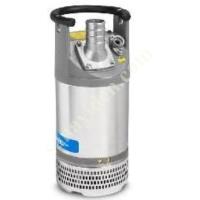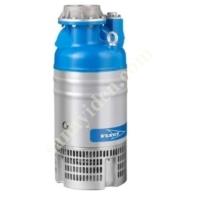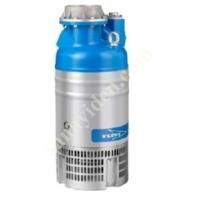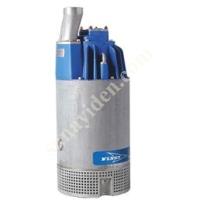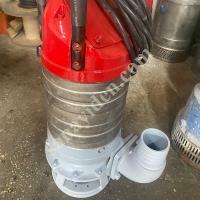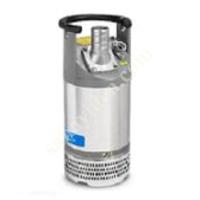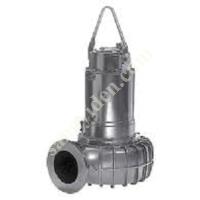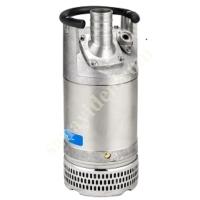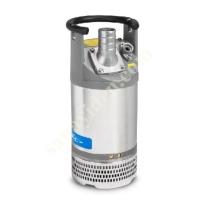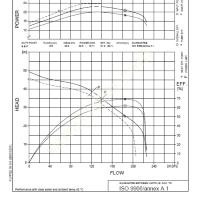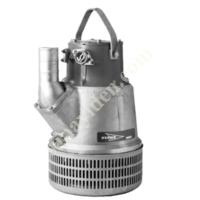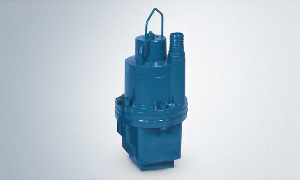
Top 7 Submersible Pump Brands
Pump brands are becoming more and more popular as they provide a wide variety of pumps and related products to meet specific needs. To stay one step ahead of the curve, it's important to understand which brands dominate the market today. This article provides a comprehensive overview of submersible pump brands, including their history, products and services.
What is a Submersible Pump?
A submersible pump is a type of pump designed for use in water. During the pumping process, the pump pushes water through openings at the top of the pump to create a vacuum. This creates pressure inside the container that allows injection of a product or liquid.
What Makes a Submersible Pump a Good Investment?
When it comes to a submersible pump, there are many factors to consider. The most important thing is how much you think you will save on each purchase. Additionally, how often will you need to use your pump and how often will it be ready? If you have questions about which submersible pump will be best for your needs, consult an experienced salesperson from one of the top submersible pump brands.
What are the Different Brands of Submersible Pumps?
There are seven different types of submersible pumps on the market today: centrifugal (CAT), suction (SU), non-return (NR), permanent magnet (PM), single-stage (SS) and three-stage (3ST). Each type has its own advantages and disadvantages that may influence your investment decision:
1) CAT submersible pumps are typically larger and more powerful than SUPumps but less versatile because they rely on centrifugal action;
2) Additional pumps offer better performance due to their ability to generate high pressure;
3) NRpumps can provide great convenience when injecting;
4) Permanent magnets offer stability during use and can resist overloading or loosening over time; 5) Single-stage pumps are more difficult to operate while allowing greater injection capacity than multistage pumps; 6) SSpumps provide excellent transient pressure capabilities for injection applications while requiring less maintenance than 3STpomps; and 7) 3STpomps provide excellent transient pressure capabilities with reduced maintenance requirements, making them ideal for injectors that require multiple operating stages.
What Is the Potential Benefit of Investing in a Submersible Pump?
A submersible pump can be used to pump out water or other contaminants. For example, a submersible pump can be used to pump oil and gas from underground reserves. Additionally, a submersible pump can be used for Pumping Coal, Coal Ash and Other Minerals.
Oil and Gas Pumping.
Oil and gas pumping is another potential benefit of investing in a submersible pump. This process can be used to pump oil and gas from underground sources as well as to treat wastewater Treatment Plants.
Tips for Investing in a Submersible Pump.
The best submersible pumps are those that offer a high degree of performance and durability. To find the right pump for your needs, you'll want to consider a number of factors, including the size of the pump, the type of material it's made from, and how often it will be used.
You'll also want to shop and compare prices to take advantage of the best submersible pumps on the market. Be sure to factor in shipping and handling costs when determining how much you'll save by purchasing from a different seller.
Also, be sure to discuss the potential risks and benefits with an experienced salesperson before investing in a submersible pump. By doing this, you can be sure of getting the best possible offer for a product that can have serious consequences if not used properly.
Get a Good Deal on a Submersible Pump.
When it comes to finding good deals on submersible pumps, there are two types of deals investors can look for: buy now pay later offers and deferred payment plans. Both offer advantages over traditional methods, such as borrowing or renting equipment from someone else.
Buy now pay later offers allow traders to purchase equipment at a discounted price and then use it when they need it most. This type of offer is usually available for older pumps that are no longer manufactured or for machines that take longer than usual to replace. Deferred payment plans are another option available when looking for submersible pumps. They allow investors to pre-purchase the equipment and then use it until paid off or until new funds are found. This type of plan often offers advantages over buy now pay later options because investors don't have to worry about missed payments or long-term liabilities; instead, they wait until their current investment pays off first.
Both types of offers have their drawbacks; however, the basic headlightOne thing is that deferred payment plans tend to be more affordable than buy now pay later options). Therefore, if you decide to invest in a submersible pump, be sure to do your research before making any decisions!
Discuss the risks and benefits of investing in a Submersible Pump.
Investing in a submersible pump has several risks: side effects from water displacement (the process of pumping water up from deep), accidents (such as loss or damage from improper installation or use), environmental damage (e.g. oil spills), legal issues (patent infringement). lawsuits), dangerous conditions (for example, during the winter months when metal parts can freeze), and human safety issues (such as war zones).
Additionally, there are several benefits to investing in a submersible pump: increased efficiency due to reduced wear rates on components; improved water quality due to less potential contamination; faster startup times due to less waiting time for data connections; reduced operating costs due to less reliance on energy sources other than wind or solar energy; simplified construction processes thanks to reduced Neal Stephenson technology requirements; Easier controls thanks to enhanced sonar imaging features - without having to leave your home office!
What are the Different Brands of Submersible Pumps.
There are three main types of submersible pumps: manual, pneumatic and electric. Manual pumps are the most common and can be used with water or air. Pneumatic pumps use air pressure to pump water or other objects to the ground. Electric submersible pumps use electricity to pump water or other objects into the ground.
Pump Make and Model.
Pumps can come in a variety of makes and models depending on their specific needs. For example, a manual pump can be used with water only, while an electric pump can be used with both water and air. In addition, some pumps have special sizes that require a certain size hole to function properly.
Pump Dimensions.
When choosing a submersible pump, you should also consider its dimensions. For example, the hole in the pump body must be the same size (to work) as the sink or other appliance to which it will be connected. In addition, the type of pump (manual or electric) and the amount of power it needs should be considered before purchasing.
Warranty and Support.
Warranty conditions for submersible pumps vary according to the relevant brand and model(s); however, most companies warrant at least 1 year against defects in materials or workmanship within 30 days of purchase (excluding those labeled as a "lifetime" WARRANTY). In addition, many companies offer support services such as troubleshooting and repair should problems arise while using their pumps.
Tips for Investing in a Submersible Pump.
There are many different brands of Submersible Pumps on the market today. It is important to find a brand that offers good quality and performance as well as affordable prices. Review customer reviews and compare prices before making your purchase.
Get a Good Deal on a Submersible Pump.
When you buy a submersible pump, be sure to bargain – use common sense when negotiating prices. Be prepared to bargain to get the best deal possible.
Discuss the risks and benefits of investing in a Submersible Pump.
Before purchasing a submersible pump, it is important to discuss its risks and benefits with an experienced consultant or financial advisor. This will help ensure you get the best possible deal on this important device.
conclusion
Submersible pumps are a great investment for pumping water, oil, gas and other materials. It has many potential benefits, including pumping out water or pollutants, pumping oil and gas, and pumping sewage and water treatment plants. It's important to research different brands of submersible pumps before making an investment to get the best possible deal. By discussing the risks and benefits with family or friends, you can be sure that you are making an informed decision when investing in a submersible pump. Solution

